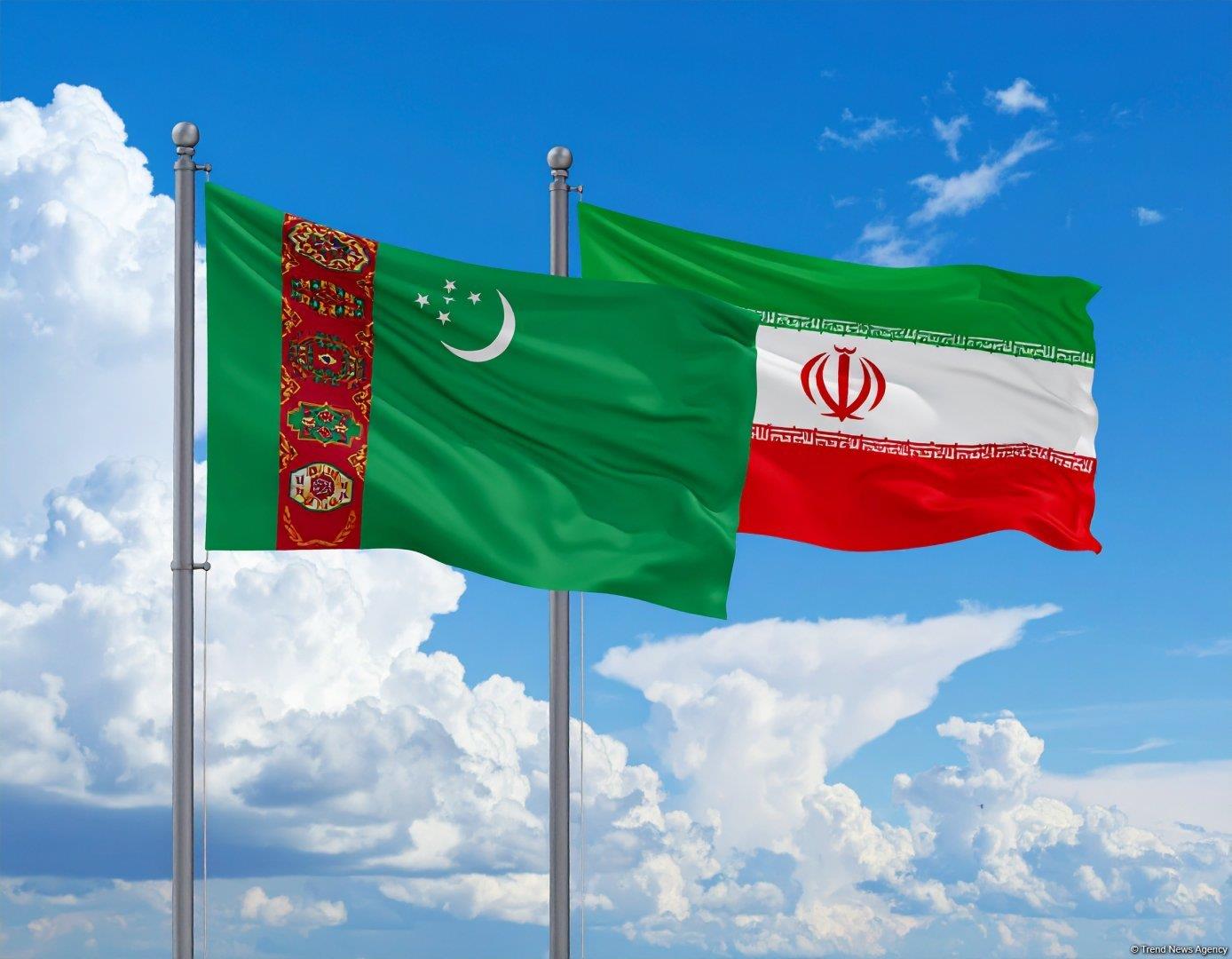Railway Vision Set To Link Turkmenistan And Iran To Global Market
The transport corridors between Turkmenistan and Iran allow Turkmenistan and other landlocked Central Asian countries to connect with major Iranian seaports on the Persian Gulf and the Gulf of Oman. This not only reduces transit time and costs but also provides alternative trade routes, bypassing traditional pathways. Projects such as the Uzen (Kazakhstan)-Bereket (Turkmenistan)-Gorgan (Iran) railway, known as the Kazakhstan-Turkmenistan-Iran corridor, have already proven their effectiveness, providing direct access to the markets of South Asia and the Middle East.
In 2024, this section of the North-South international transport corridor handled between 1.8 and 2 million tons of cargo, approximately three times more than in 2023. During negotiations in Tehran, the parties discussed the development of key railway routes, including the China-Kazakhstan-Turkmenistan-Iran corridor, as well as the Ashgabat Agreement corridor, covering Uzbekistan, Turkmenistan, Iran, and Oman.
Railway cooperation is of great significance for the economies of both countries and the region as a whole. For Turkmenistan, it offers an opportunity to monetize its advantageous geographic location, transforming the country into a key transit hub. Increased freight turnover will lead to higher transit revenues, the development of surrounding areas, and the creation of new jobs. For Iran, it strengthens its role as a main transport corridor connecting East Asia, India, and the Caucasus with the markets of the Caspian region and Europe. During the visit, the Turkmen delegation inspected progress at the Akyaýla-Inceburun railway crossing and visited the wagon management center and the Aprin dry port in Tehran, highlighting the practical focus of the cooperation.
The expansion of railway cooperation between Turkmenistan and Iran is part of a broader strategy for integration into global transport projects, such as the International North-South Transport Corridor. Formulated through the 2000 intergovernmental accord among Russia, Iran, and India, the corridor is strategically designed to optimize logistics and streamline transit durations for freight originating from India to Russia and Northern Europe. The framework encompasses three primary corridors, notably the eastern trajectory traversing Turkmenistan and the Central Asian republics.

Legal Disclaimer:
MENAFN provides the
information “as is” without warranty of any kind. We do not accept
any responsibility or liability for the accuracy, content, images,
videos, licenses, completeness, legality, or reliability of the information
contained in this article. If you have any complaints or copyright
issues related to this article, kindly contact the provider above.
Most popular stories
Market Research

- Japan Buy Now Pay Later Market Size To Surpass USD 145.5 Billion By 2033 CAGR Of 22.23%
- BTCC Summer Festival 2025 Unites Japan's Web3 Community
- GCL Subsidiary, 2Game Digital, Partners With Kucoin Pay To Accept Secure Crypto Payments In Real Time
- Smart Indoor Gardens Market Growth: Size, Trends, And Forecast 20252033
- Nutritional Bar Market Size To Expand At A CAGR Of 3.5% During 2025-2033
- Pluscapital Advisor Empowers Traders To Master Global Markets Around The Clock






















Comments
No comment